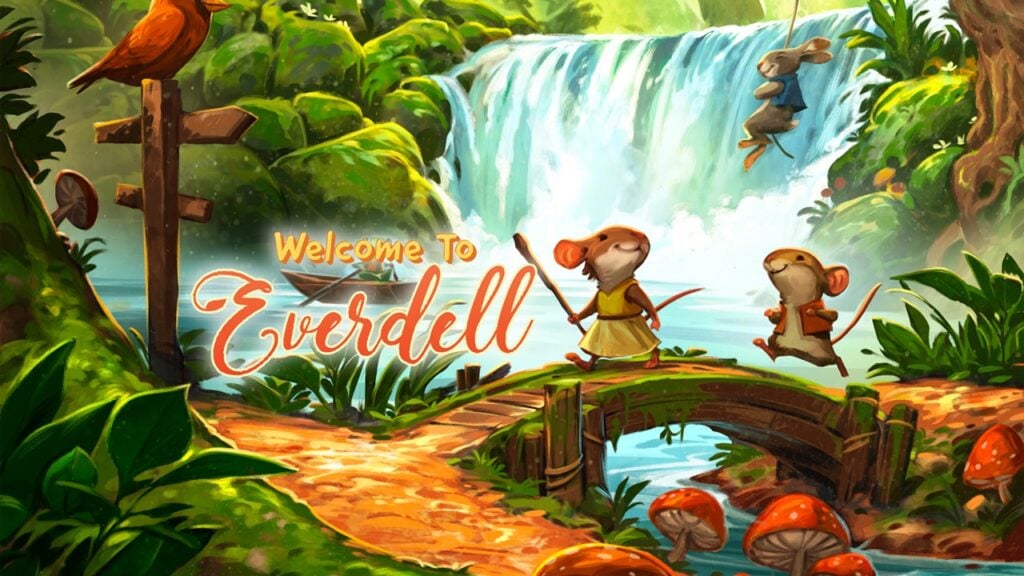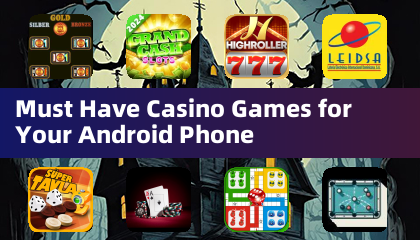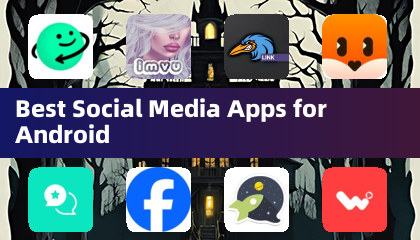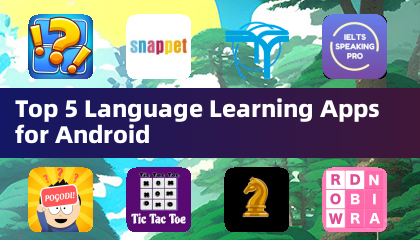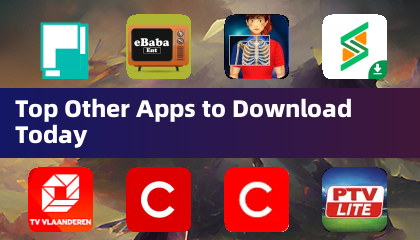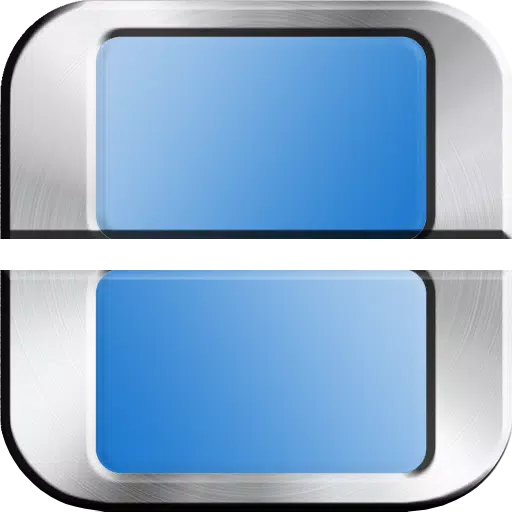 Sony's groundbreaking patent aims to enhance accessibility for deaf gamers by introducing real-time in-game sign language translation. This innovative technology bridges communication gaps between players using different sign languages.
Sony's groundbreaking patent aims to enhance accessibility for deaf gamers by introducing real-time in-game sign language translation. This innovative technology bridges communication gaps between players using different sign languages.
Sony Patents Real-Time Sign Language Translation for Video Games
Leveraging VR and Cloud Gaming Technologies
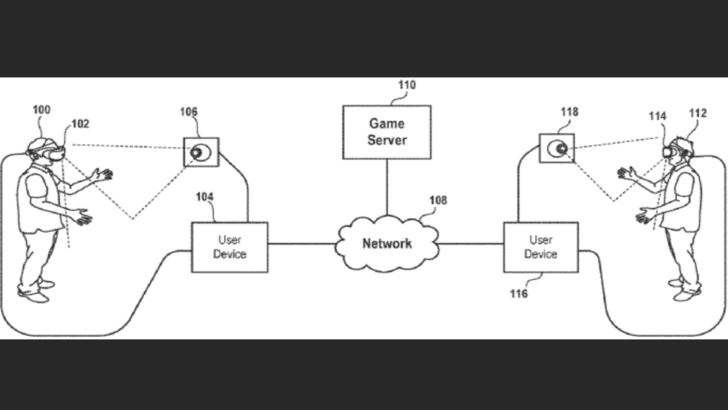 This patent, titled "TRANSLATION OF SIGN LANGUAGE IN A VIRTUAL ENVIRONMENT," details a system enabling seamless communication between gamers using different sign languages, such as American Sign Language (ASL) and Japanese Sign Language (JSL). The goal is to facilitate real-time translation during in-game interactions.
This patent, titled "TRANSLATION OF SIGN LANGUAGE IN A VIRTUAL ENVIRONMENT," details a system enabling seamless communication between gamers using different sign languages, such as American Sign Language (ASL) and Japanese Sign Language (JSL). The goal is to facilitate real-time translation during in-game interactions.
The proposed system employs on-screen virtual indicators or avatars to display translated sign language gestures. The process involves a three-step translation: sign gestures are first converted to text, then translated to the target language, and finally rendered as sign gestures in the target sign language.
As Sony explains in the patent: "Implementations of the present disclosure relate to methods and systems for capturing sign language from one user and translating it for another user in their native sign language. Because sign languages vary geographically, a system is needed to accurately capture, understand, and generate appropriate sign language output for different users."
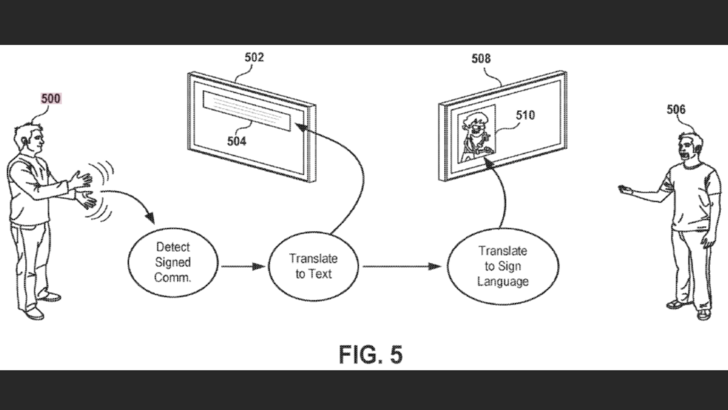 Sony envisions implementing this system using VR headsets or head-mounted displays (HMDs). These HMDs would connect to a user device (PC, game console, etc.) to provide an immersive virtual environment.
Sony envisions implementing this system using VR headsets or head-mounted displays (HMDs). These HMDs would connect to a user device (PC, game console, etc.) to provide an immersive virtual environment.
Furthermore, Sony suggests a system where user devices communicate with each other and a game server over a network. The game server maintains the game's state, ensuring synchronization across all connected users. This architecture could also integrate with cloud gaming systems, streamlining video rendering and streaming between devices.
This innovative approach allows for shared, interactive experiences within the same virtual environment, fostering inclusive gameplay for deaf gamers worldwide. The potential integration with cloud gaming further expands accessibility and reach.

 Sony's groundbreaking patent aims to enhance accessibility for deaf gamers by introducing real-time in-game sign language translation. This innovative technology bridges communication gaps between players using different sign languages.
Sony's groundbreaking patent aims to enhance accessibility for deaf gamers by introducing real-time in-game sign language translation. This innovative technology bridges communication gaps between players using different sign languages. This patent, titled "TRANSLATION OF SIGN LANGUAGE IN A VIRTUAL ENVIRONMENT," details a system enabling seamless communication between gamers using different sign languages, such as American Sign Language (ASL) and Japanese Sign Language (JSL). The goal is to facilitate real-time translation during in-game interactions.
This patent, titled "TRANSLATION OF SIGN LANGUAGE IN A VIRTUAL ENVIRONMENT," details a system enabling seamless communication between gamers using different sign languages, such as American Sign Language (ASL) and Japanese Sign Language (JSL). The goal is to facilitate real-time translation during in-game interactions. Sony envisions implementing this system using VR headsets or head-mounted displays (HMDs). These HMDs would connect to a user device (PC, game console, etc.) to provide an immersive virtual environment.
Sony envisions implementing this system using VR headsets or head-mounted displays (HMDs). These HMDs would connect to a user device (PC, game console, etc.) to provide an immersive virtual environment. LATEST ARTICLES
LATEST ARTICLES 